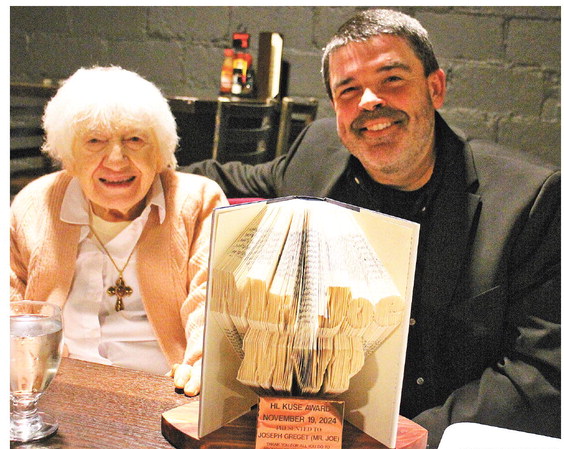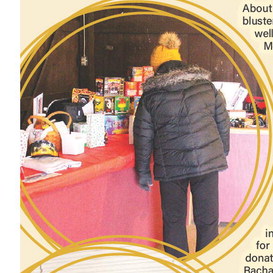Quality sunscreen, limiting UV exposure key to safe summer in the sun
With summer officially underway this week, a UW Health dermatologist is encouraging everyone to follow proper sun safety precautions to decrease the risk of developing skin cancer and preventing burns.
These next few months, more people will be outside enjoying the weather, but most skin cancers are caused by too much exposure to ultraviolet, called UV, rays that come from the sun, so it is important to take precautions like wearing sunscreen, according to Dr. Apple Bodemer, integrative dermatologist, UW Health, and clinical associate professor of dermatology at the University of Wisconsin School of Medicine and Public Health.
“Your risk for developing melanoma, a type of skin cancer, doubles if you have a history of five or more sunburns,” she said. “Even one blistering sunburn in childhood or adolescents doubles your risk of developing melanoma.”
In fact, one in five Americans will develop some type of skin cancer by the age of 70, so it is important to minimize exposure to UV radiation, she said.
When it comes to picking out a good sunscreen, look for a mineral-based broad-spectrum sunscreen with an SPF of at least 30 and has at least one of the following ingredients: zinc oxide, titanium dioxide or iron oxide. It is also important to check the expiration date, according to Bodemer.
“You should be applying sunscreen every two hours you are outside and after getting wet,” she said. “A palm full of sunscreen is a good rule to cover a body in a bathing suit.”
Also, don’t forget sensitive areas such as ears, the top of head, nose, feet and lips according to Bodemer.
Bodemer also recommends the following sun safety tips:
• Avoid midday exposure from 10 a.m. to 4 p.m. because this is when the sun’s rays are the strongest.
• Seek shade when you can.
• Wear protective clothing or clothing that covers more skin.
• Wear hats with a wide rim and sunglasses with wide lenses.
• If using a spray-on sunscreen, spray it into the hand then rub it on the skin for more even coverage.




